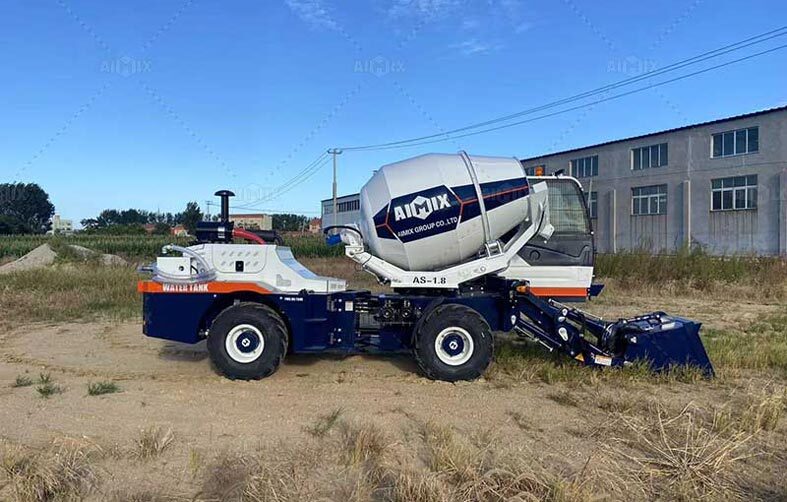The self-loading concrete mixer market presents buyers with a complex matrix of specifications, where subtle differences in configuration can create significant price variations. Understanding how loading capacity, engine performance, and brand equity interact in determining final equipment costs requires careful analysis of both technical parameters and market dynamics. These three factors form an interdependent pricing triad that savvy buyers must evaluate holistically rather than in isolation.
Loading capacity directly influences structural design requirements, engine power needs dictate fuel consumption patterns, and brand reputation affects both initial purchase price and long-term resale value. The most cost-effective purchase emerges not from selecting the cheapest option in any single category, but from identifying the optimal balance point where these elements intersect with your specific operational requirements. This equilibrium point varies dramatically between applications in urban construction, rural infrastructure, or specialized concrete production.
Loading Capacity: The Foundation of Value Calculation
Volume-to-Price Ratio Analysis
Self-loading mixers typically range from 1.5m³ to 6m³ capacity, with pricing following a non-linear progression as volume increases. The 3.5m³ models often represent the sweet spot, offering 65-70% of maximum practical capacity at just 50-55% of the self loading concrete mixer price premium commanded by 6m³ units. This disproportionate pricing structure reflects both production economies and market demand concentration.
Structural Implications of Capacity Choices
Larger capacities require reinforced chassis designs and more robust hydraulic systems, adding 18-22% to base manufacturing costs. However, the operational efficiency gains from reduced cycle times can justify this premium on high-volume projects. Buyers must evaluate whether their typical batch sizes and project timelines warrant investing in additional capacity or whether smaller, more maneuverable units would deliver better overall value.

Engine Specifications: The Hidden Cost Multiplier
Power Output Versus Operational Costs
Engine selection creates a critical trade-off between upfront savings and long-term expenses. While a 90HP diesel engine may reduce initial cost by 12-15% compared to a 120HP model, the underpowered unit will consume 8-10% more fuel when handling full loads and require more frequent maintenance. The total cost of ownership calculations must account for these operational penalties over the equipment's expected service life.
Emission Standard Compliance Costs
Tier 4 Final and Euro VI compliant engines add 18-25% to the powertrain cost but prevent potential regulatory obsolescence in tightening emission control zones. This premium becomes particularly justified in urban construction applications where future restrictions on older equipment seem inevitable. The compliance decision effectively serves as an insurance policy against premature equipment retirement.
Brand Value: Beyond the Price Tag
Resale Value Preservation
Premium brands command 20-30% higher purchase prices but demonstrate remarkable value retention in secondary markets. Data from concrete mixer equipment auctions reveals that established European brands retain 45-50% of their original value after five years, compared to 30-35% for budget alternatives. This differential often outweighs the initial price gap when considering the full investment cycle.

After-Sales Support Premiums
The true test of brand value emerges during the operational phase. Manufacturers with extensive dealer networks and parts inventories typically charge 8-12% more but can reduce downtime costs by 40-50% through faster service response and technical support. For operations where mixer availability directly determines project timelines, this reliability premium quickly justifies itself.
Astute buyers approach procurement of self loading concrete mixer for sale in Nigeria as a multi-variable optimization problem rather than a simple price comparison. The most economical choice balances sufficient (but not excessive) capacity, appropriately sized engine performance, and brand reputation that matches your operational risk tolerance. This tripartite analysis framework prevents both underspending on inadequate equipment and overspending on unnecessary capabilities, ensuring your investment delivers maximum value throughout its service life.

